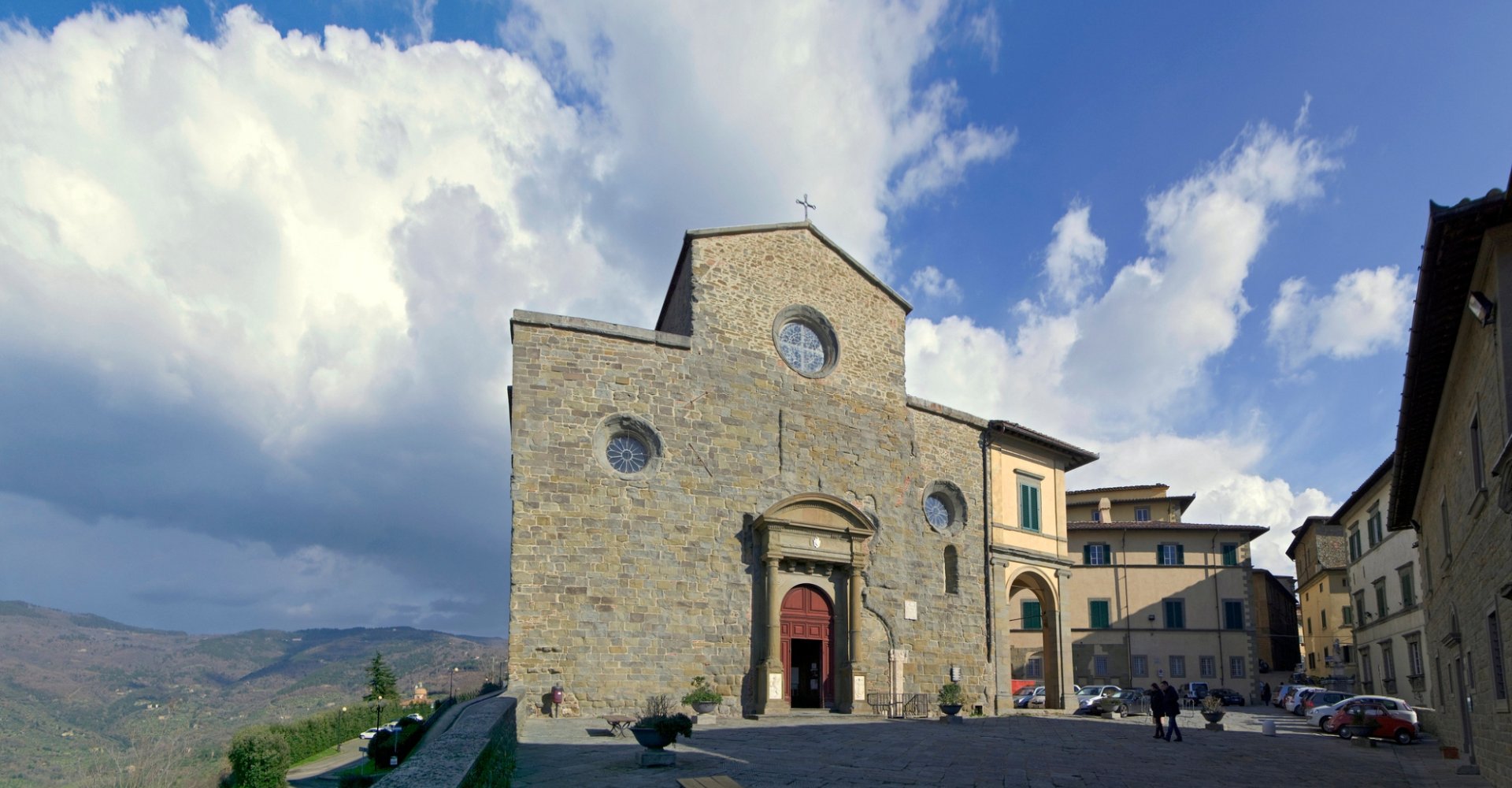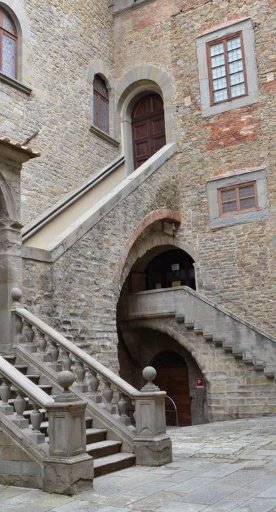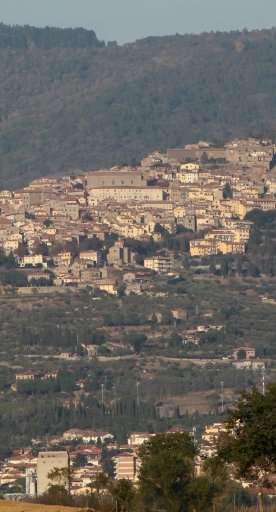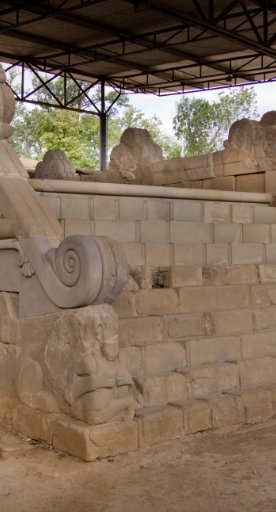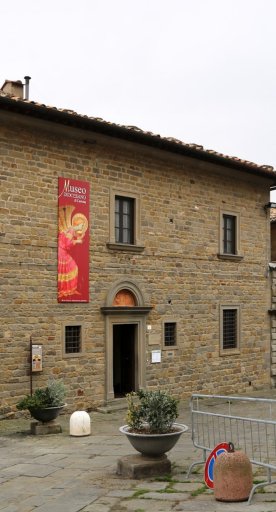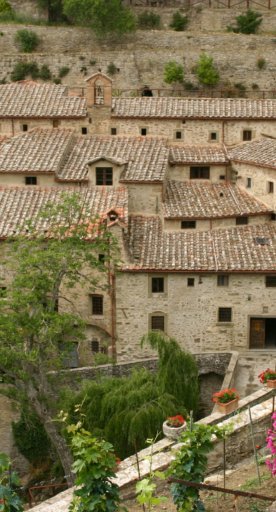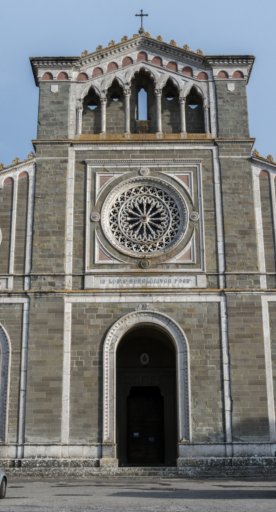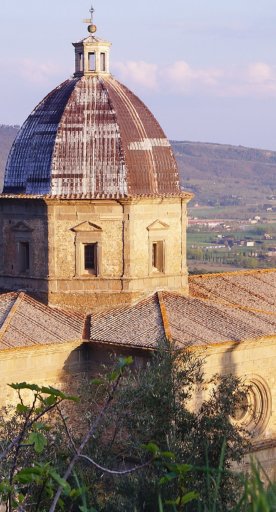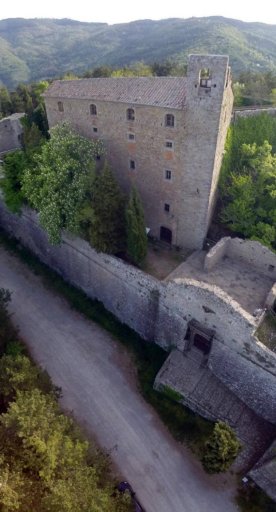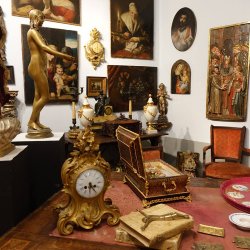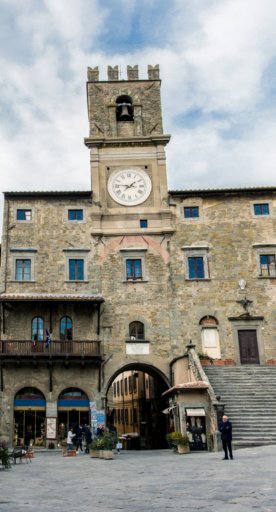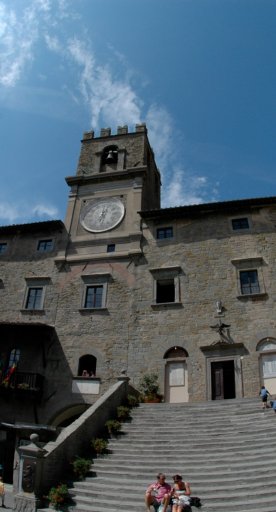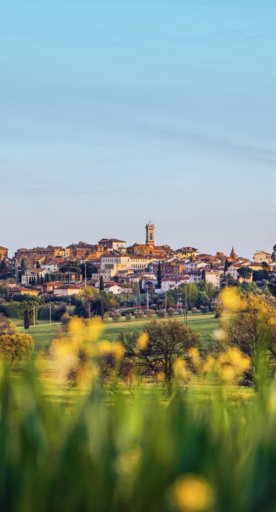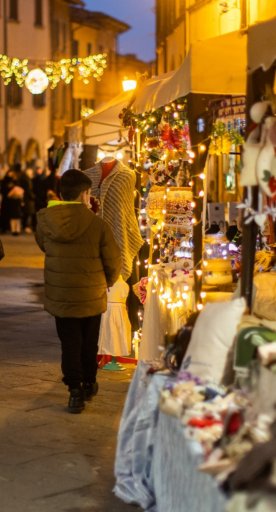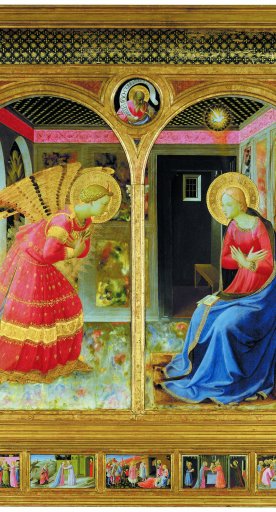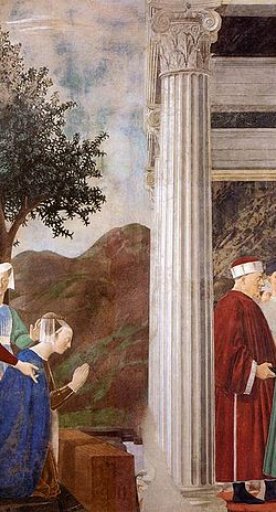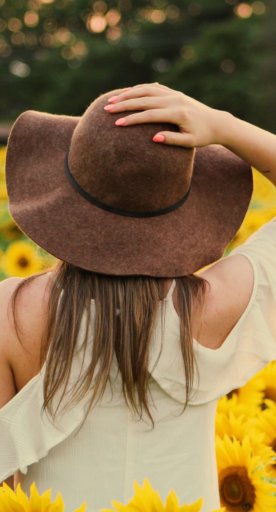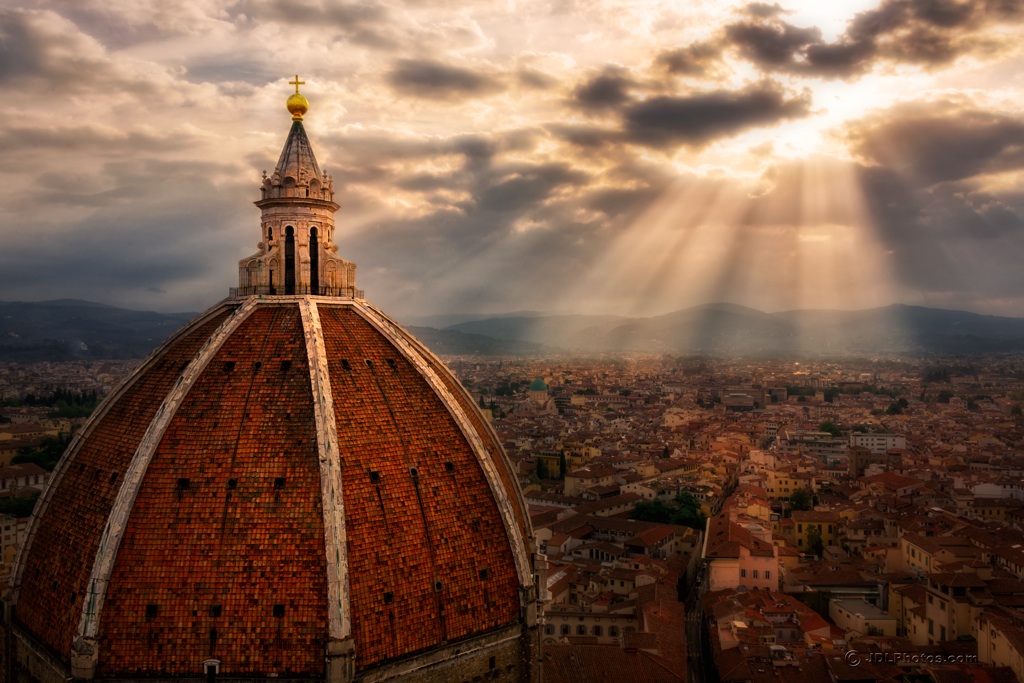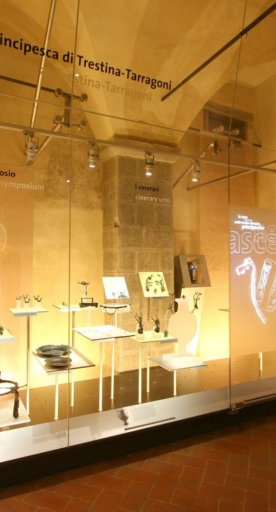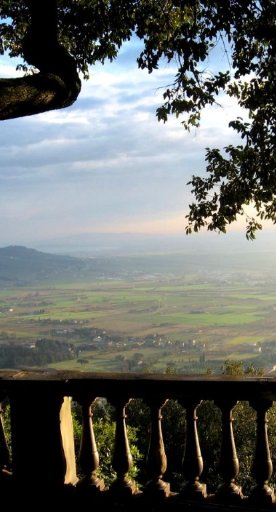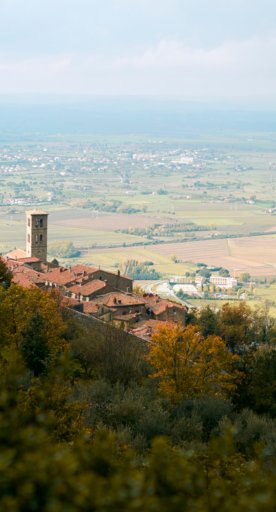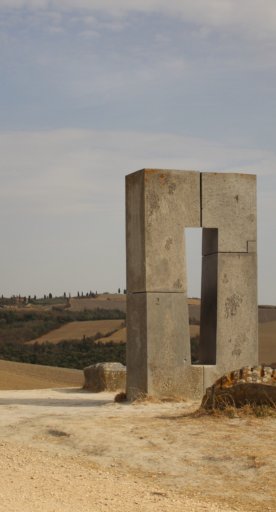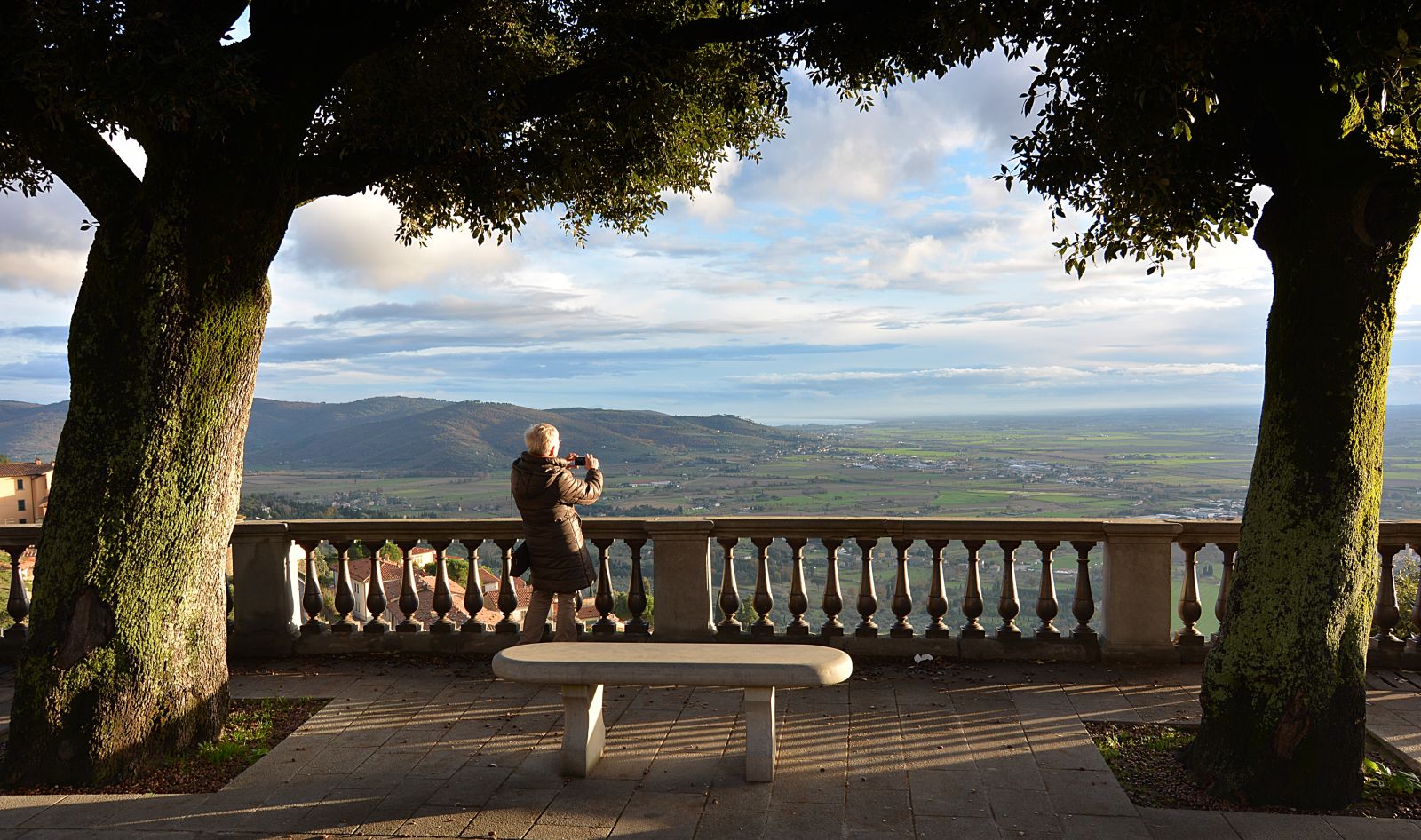Cortona
One of the most beautiful villages in the whole of Italy, teeming with legends
Cortona is a small, welcoming town in the Valdichiana area. It was such an important Etruscan centre that the existence of ancient settlements is still visible today, with its two kilometres of walls dating back to the fifth century BC.
The village is particularly picturesque due to its typically medieval architecture, consisting of ancient palazzos, narrow cobbled streets, small artisan shops and classic Tuscan trattorias.
Cortona’s name derives from the Etruscan word Curtun, written in a bronze votive inscription from the third century BC, and is found right in the middle of the town.
What to see in Cortona
If you are in the historical centre, the beautiful Cathedral of Santa Maria Assunta, built in 1456, is a must-see. In 1480, the architect Francesco di Giorgio Martini began constructing the sanctuary of the Madonna delle Grazie in Calcinaio, just outside the city.
Cortona is rich in museums and important works of art. At the MAEC - Museo dell’Accademia Etrusca e della Città di Cortona, one can admire unique pieces such as an Egyptian burial boat (2000 B.C.), an Etruscan bronze Chandelier from the 4th century B.C., a splendid gold fibula in the shape of a crouching panther and the Etruscan text known as the Tabula Cortonensis, a kind of contract that testifies to the transaction of a vineyard; the collection also includes artifacts from Etruscan tombs in the area.
The Diocesan Museum is equally remarkable, and collects treasures such as The Annunciation by Beato Angelico and The Deposition by Luca Signorelli. Cortona’s archaeological area, the Fortress of Girifalco and the Abbey of Farneta are also unmissable landmarks.
If you are in the historical centre, the beautiful Cathedral of Santa Maria Assunta, built in 1456, is a must-see. In 1480, the architect Francesco di Giorgio Martini began constructing the sanctuary of the Madonna delle Grazie in Calcinaio, just outside the city.
Cortona is rich in museums and important works of art. At the MAEC - Museo dell’Accademia Etrusca e della Città di Cortona, one can admire unique pieces such as an Egyptian burial boat (2000 B.C.), an Etruscan bronze Chandelier from the 4th century B.C., a splendid gold fibula in the shape of a crouching panther and the Etruscan text known as the Tabula Cortonensis, a kind of contract that testifies to the transaction of a vineyard; the collection also includes artifacts from Etruscan tombs in the area.
The Diocesan Museum is equally remarkable, and collects treasures such as The Annunciation by Beato Angelico and The Deposition by Luca Signorelli. Cortona’s archaeological area, the Fortress of Girifalco and the Abbey of Farneta are also unmissable landmarks.
Nearby
The famous Franciscan convent Le Celle is only a short walk starting from Cortona's centre. You can also explore villas and gardens along the flower trails that lead to Arezzo.
The Via Romea also crosses through the city, a 24km road that starts in Castiglion Fiorentino, passes through the Sodo Archaeological Park and ends in Cortona.
Cortona’s archaeological park includes significant Etruscan and Roman monuments within the historical centre as well as the general area: the system of powerful Etruscan walls that surround the whole of Cortona and the numerous cisterns dating back to Roman times are found within the city. Impressive funerary buildings from the Etruscan period, known as Meloni and Tanelle, are located in the wider area. The tumulus (burial mound) II of Sodo is particularly mind-blowing, with its spectacular terraced stairs decorated with sculptures and architectural elements that recall the East.
The famous Franciscan convent Le Celle is only a short walk starting from Cortona's centre. You can also explore villas and gardens along the flower trails that lead to Arezzo.
The Via Romea also crosses through the city, a 24km road that starts in Castiglion Fiorentino, passes through the Sodo Archaeological Park and ends in Cortona.
Cortona’s archaeological park includes significant Etruscan and Roman monuments within the historical centre as well as the general area: the system of powerful Etruscan walls that surround the whole of Cortona and the numerous cisterns dating back to Roman times are found within the city. Impressive funerary buildings from the Etruscan period, known as Meloni and Tanelle, are located in the wider area. The tumulus (burial mound) II of Sodo is particularly mind-blowing, with its spectacular terraced stairs decorated with sculptures and architectural elements that recall the East.
Events
Summer is the perfect time to visit Cortona, with events such as Cortona On The Move, a contemporary photography festival that puts on its exhibition from mid-July to the beginning of October.
Every August and September sees the return of Cortonantiquaria, one of the longest-running antique exhibitions in the whole of Italy.
Summer is the perfect time to visit Cortona, with events such as Cortona On The Move, a contemporary photography festival that puts on its exhibition from mid-July to the beginning of October.
Every August and September sees the return of Cortonantiquaria, one of the longest-running antique exhibitions in the whole of Italy.
Typical products
Cortona is surrounded by beautiful Tuscan countryside that, alongside postcard images, yields important gastronomic products such as. Chianina cattle are raised here, from whose prized meat, among other things, the "Fiorentina" steak is obtained. The area's vineyards produce wines of the highest level, to be discovered and tasted along the Terre di Arezzo Wine Road and the Cortona Wine Road.
Cortona is surrounded by beautiful Tuscan countryside that, alongside postcard images, yields important gastronomic products such as. Chianina cattle are raised here, from whose prized meat, among other things, the "Fiorentina" steak is obtained. The area's vineyards produce wines of the highest level, to be discovered and tasted along the Terre di Arezzo Wine Road and the Cortona Wine Road.
